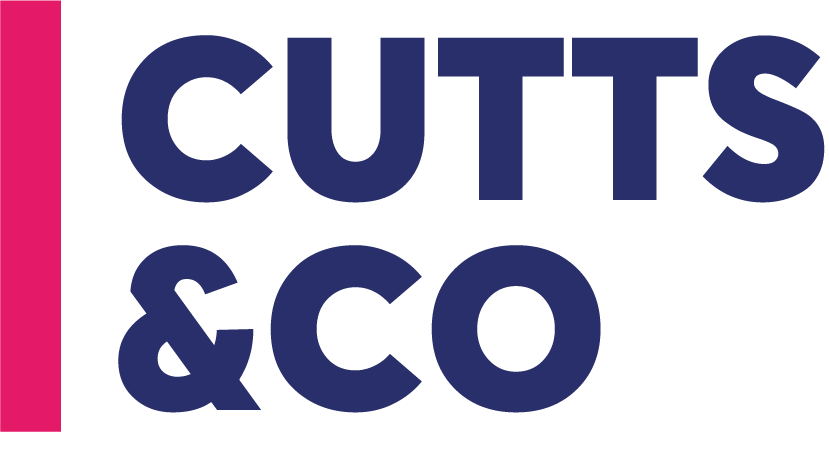Understanding how dividends work is crucial for business owners and shareholders alike. Dividends, often seen as the reward for investment in a company, carry their nuances, especially within the framework of smaller enterprises and limited companies. This guide aims to shed light on the essence of dividends, their operational mechanics, and the pivotal decisions surrounding them, ensuring you’re well-equipped to make informed financial choices.
What are Dividends?
Put simply, a dividend is a portion of a company’s earnings that is distributed to its shareholders as a reward for their investment. Unlike regular wages that employees receive, dividends are paid out to shareholders based on the number of shares they own. For small businesses and limited companies, dividends serve as a key method of distributing profits back to their investors, reflecting the company’s health and profitability.
Does a Company Need to Make a Profit to Pay Dividends?
The short answer is yes. A company must have sufficient profit (after tax) to cover dividend payments. However, profits used for dividends can also come from retained earnings accumulated over the years. This means that even in a year without significant profit, a company may still be able to pay dividends if it has a reservoir of retained earnings from which to draw.
How Much Do Shareholders Receive from Dividends?
The amount received by each shareholder depends on the number of shares they own and the dividend per share announced by the company. Small businesses and limited companies typically have a more straightforward process for determining and distributing dividends, often decided by the directors or shareholders in agreement with the company’s profitability and future investment plans.
When Can a Limited Company Pay Dividends?
Dividends can only be paid out when there are available profits to distribute. This means after all expenses and liabilities have been accounted for, including corporation tax. The timing of dividend payments can vary, with some companies opting for regular intervals, while others may choose to distribute dividends in a more ad-hoc manner, based on financial performance and strategic goals.
How Do Companies Make Dividend Payments?
Dividend payments in small businesses and limited companies typically follow a formal process, including the declaration of dividends by the directors, documentation of the decision, and communication to shareholders. The actual payment can be made via bank transfers or cheques, accompanied by a dividend voucher detailing the dividend amount and associated tax credits.
Do Dividend Payments Affect Corporation Tax Bills?
Dividends do not affect a company’s corporation tax bills directly, as they are paid out of profits after tax. However, they can influence the company’s financial strategy and how much profit is retained versus distributed, which in turn can impact future investment and growth potential. They do however affect your personal tax bill.
Do You Pay Tax on Dividend Payments?
Yes, shareholders must pay tax on dividends received, subject to their personal tax band. The tax rate on dividends varies and is generally lower than the income tax on wages or salaries. Shareholders have a tax-free dividend allowance of £1000 as of April 2023 – which will drop to £500 in April 2024 – beyond which dividends are taxed at a rate depending on the individual’s income tax band.
Should I Take Dividend Payments Over a Salary?
Choosing between dividends and a salary involves weighing several factors, including tax implications, personal financial circumstances, and the company’s health. Dividends can offer tax advantages and flexibility, but they also reflect the company’s profitability and are not subject to national insurance contributions. A combination of both might often be the most efficient approach, balancing the benefits while ensuring financial stability for both the individual and the company.
Understanding how dividends work within the framework of small businesses and limited companies is crucial for effective financial planning and decision-making. By carefully considering the profit requirements, shareholder benefits, timing, and tax implications, business owners can strategically leverage dividends to maximize their financial health and reward investment. As with all financial decisions, it’s essential to consider the broader financial landscape and seek professional advice tailored to your specific circumstances.
Navigating the dividends maze doesn’t have to be daunting. With the right knowledge and strategies in place, you can ensure that your journey through the financial intricacies of your business leads to rewarding outcomes for all stakeholders involved.
Remember, this guide is a stepping stone to understanding dividends better, but every business’s situation is unique. Don’t hesitate to dive deeper, consult with our financial experts at Cutts & Co, and let us help tailor your strategies to suit your company’s specific needs and goals.



